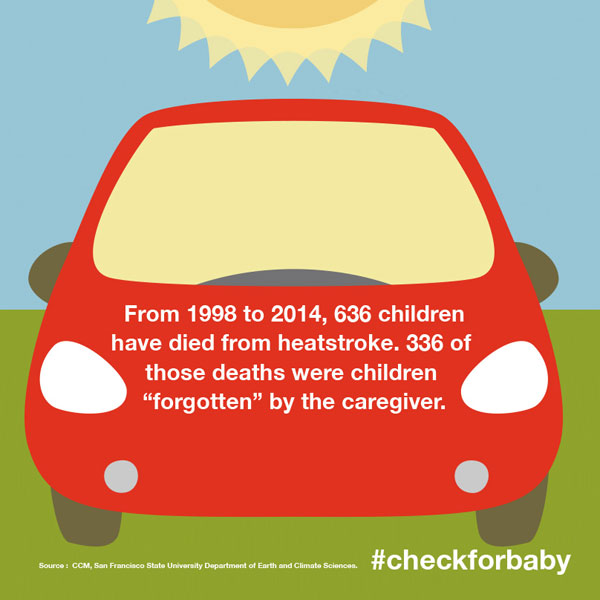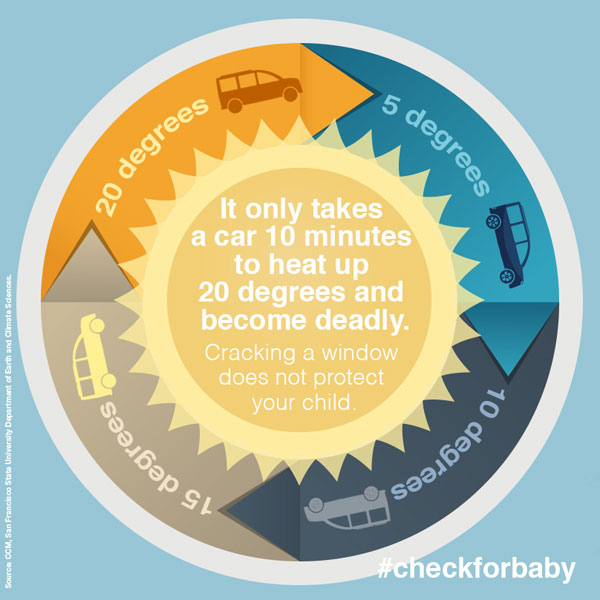- South Texas Students Meet Accordion Music Icons Los Tigres Del Norte In Edinburg Thanks To Khs America/Hohner Alianza Académica Initiative
- Fragile Planet Offers a Nighttime Wildlife Experience
- Falcons Soccer Off & Running
- Cameron County Receives Funds to Improve Two Parks
- Falcons Complete First Half of 32-6A
- School District to Help out Victims of California Wildfires
- Sand Castle Days Continued Despite Unexpected Weather
- Ready for District
- Discussion of Garbage Dumpster Rates, Agreements Between State & City on Highway Regulations, and More
- 31st Annual Shrimp Cook-Off is Right Around the Corner
DPS: Leaving Children in Vehicles Can Be Deadly
- Updated: July 1, 2016
Summer temperatures increase risk of vehicular heatstroke
AUSTIN – The Texas Department of Public Safety (DPS) is warning residents that warmer weather places children at greater risk of injury or death if left unattended in a vehicle. Every year children die from heatstroke after being left in a vehicle or entering a vehicle unnoticed. A child should never be left unattended in a vehicle.
“Because the consequences can be deadly, DPS urges parents and caregivers to always make sure children are accounted for and not left behind in a car,” said DPS Director Steven McCraw. “Members of the public can also do their part to keep kids safe by notifying emergency personnel if they witness a child alone or in distress inside a vehicle – regardless of the weather.”
According to the National Highway Traffic Safety Administration, temperatures inside a car can rise more than 20 degrees in only 10 minutes; and even with an outside temperature of 60 degrees, the temperature inside a car can reach 110 degrees. Leaving windows partially rolled down does not help. In addition, young children are particularly at risk since their bodies heat up faster than an adult.
DPS offers the following tips for preventing vehicular heatstroke deaths and injuries:
- Always check the back seats of your vehicle before walking away.
- Establish reminders that help ensure you remove children from the vehicle. For example: leave your bag, lunch or cell phone in the back seat with the child’s car seat.
- Call 9-1-1 if you see a child alone in a car, and emergency personnel will instruct you what to do next.
- If a child goes missing, open the doors and trunks to every vehicle in the area. Many heatstroke deaths occur when a child accesses a parked car unnoticed.
- Teach children not to play in vehicles and make sure to place the keys out of reach when not being used.
For more information, visit www.safercar.gov/parents/index.htm.
Additionally, don’t forget animals are also susceptible to heat-related injury or death – don’t put your pets in these dangerous conditions. For more information on pet safety, visit http://goo.gl/xi6A8o.




